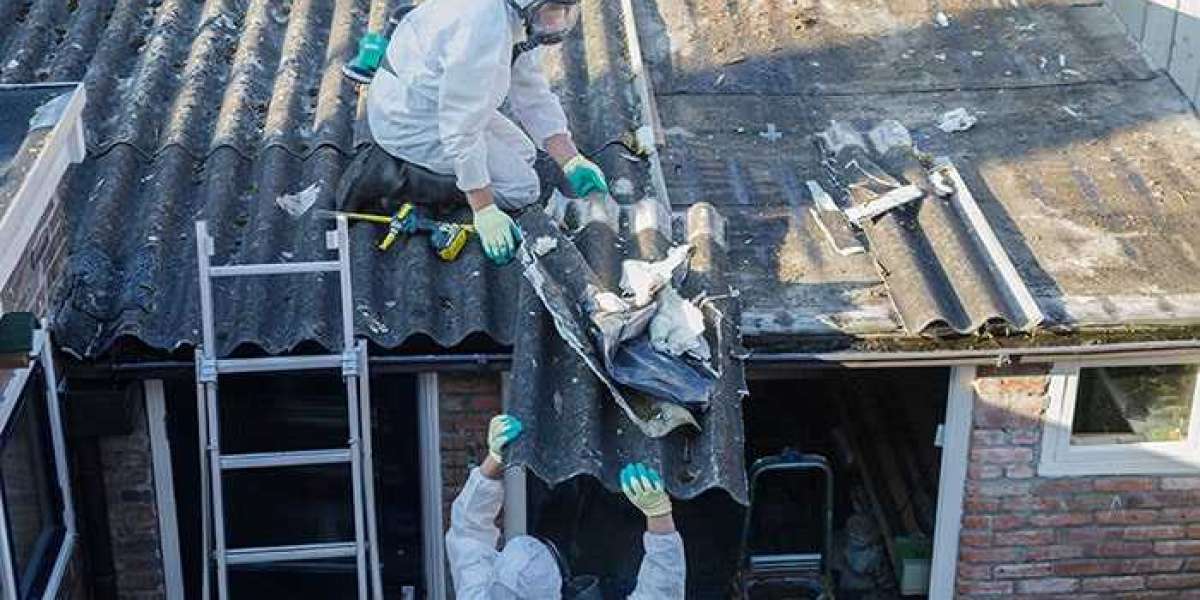Asbestos and Health:
Asbestos was once hailed as a miracle material for its fire resistance, insulation capabilities, and durability. However, decades of medical research have confirmed that exposure to asbestos fibres poses serious long-term health risks — especially when materials are disturbed or deteriorate over time. Despite being banned in the UK in 1999, asbestos still lingers in millions of buildings, especially those constructed before the 1980s.
In this blog, we’ll explore how asbestos exposure affects human health and why early identification through professional inspections — such as Asbestos Management surveys in Bristol — is essential.
Why Is Asbestos Dangerous?
Asbestos becomes dangerous when its fibres are released into the air and inhaled. These microscopic fibres can become lodged in the lining of the lungs and other organs, causing inflammation, scarring, and eventually severe diseases. The risk increases with prolonged or repeated exposure, particularly in older buildings or during renovations without proper safety protocols.
Long-Term Health Risks of Asbestos Exposure
1. Mesothelioma
Mesothelioma is an aggressive and often fatal cancer that affects the lining of the lungs (pleura) or abdomen (peritoneum). It is almost exclusively linked to asbestos exposure.
Latency period: 20–50 years after exposure
Symptoms: Chest pain, persistent cough, shortness of breath, weight loss
Prognosis: Typically poor, as it's often diagnosed at a late stage
There is currently no cure, but early detection and treatment can help manage symptoms and prolong life.
2. Asbestosis
Asbestosis is a chronic lung condition caused by prolonged exposure to asbestos fibres, leading to scarring of lung tissue.
Symptoms: Shortness of breath, chronic dry cough, fatigue, chest tightness
Progression: May worsen over time, potentially leading to respiratory failure
Risks: Higher in individuals with occupational exposure, such as construction workers, shipbuilders, and electricians
There is no cure, but symptoms can be managed with oxygen therapy and pulmonary rehabilitation.
3. Lung Cancer
Asbestos exposure significantly increases the risk of developing lung cancer — particularly in individuals who smoke.
Symptoms: Persistent cough, wheezing, blood in sputum, weight loss, chest pain
Risk factors: Combination of asbestos exposure and tobacco use exponentially increases the chance of developing lung cancer
Unlike mesothelioma, asbestos-related lung cancer may have more treatment options if detected early.
4. Other Health Conditions
In addition to the major diseases listed above, asbestos exposure can contribute to:
Pleural thickening – a condition where the lining of the lungs becomes thickened and restricts breathing
Pleural plaques – calcium deposits on the lining of the lungs, typically a marker of asbestos exposure (though not necessarily harmful on their own)
Who Is Most at Risk?
Tradespeople: Builders, plumbers, electricians, and carpenters working in older buildings
Property owners: Especially those renovating homes built before the year 2000
Occupants of older buildings: If asbestos materials deteriorate or are disturbed
How to Reduce the Risk
1. Conduct a Professional Survey
The most effective way to identify asbestos in a building is to conduct an Asbestos Management survey. These surveys locate and assess the condition of any asbestos-containing materials (ACMs) likely to be disturbed during normal occupancy or maintenance.
If you're unsure about the presence of asbestos in your property, arrange for trusted Asbestos Management surveys in Bristol before starting any work or refurbishment.
2. Never Disturb Asbestos Materials Yourself
DIY removal or handling of suspected asbestos can be extremely dangerous. Only trained and licensed professionals should manage asbestos testing and removal.
3. Ensure Legal Compliance
Business owners, landlords, and property managers have a legal duty under the Control of Asbestos Regulations 2012 to manage asbestos risks in non-domestic premises. Regular inspections and management plans are essential to maintain safety and legal compliance.
Final Thoughts
While asbestos is no longer used in construction, its legacy continues to threaten lives. Understanding the long-term health effects of asbestos exposure — from mesothelioma to asbestosis — underlines the importance of proactive management. Whether you're a homeowner or property manager, identifying and safely managing asbestos is critical.
Don't take chances with your health. If your building was constructed before the asbestos ban, get peace of mind with a professional inspection through certified Asbestos Management surveys in Bristol.








